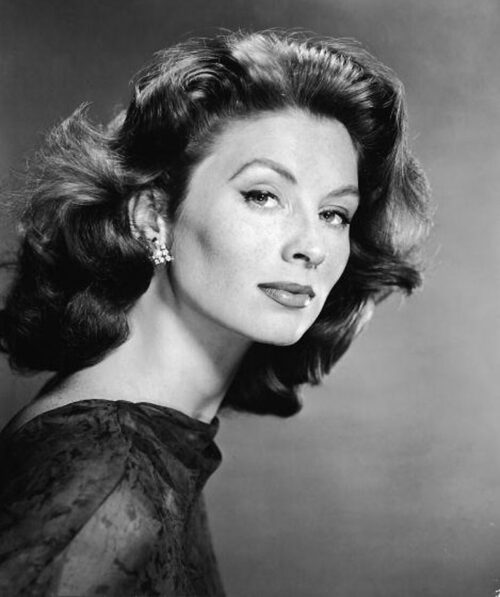From Another H.H.
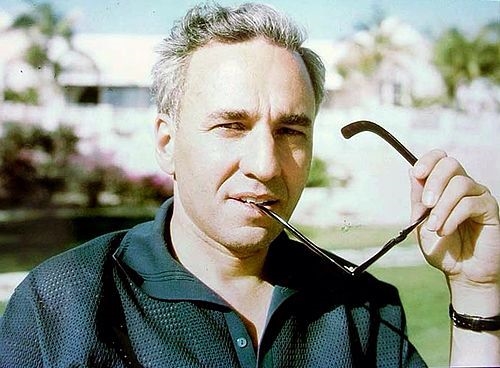
Huntington Hartford

By Megan McKinney
Last week we brought you Show Business Illustrated’s Hugh Hefner, who was not America’s only big city, midcentury publisher of a short-lived magazine focused on the world of show business. Today’s subject, Huntington Hartford, founder of SHOW: The magazine of the Arts, did the same and also carried the H. H. monogram.
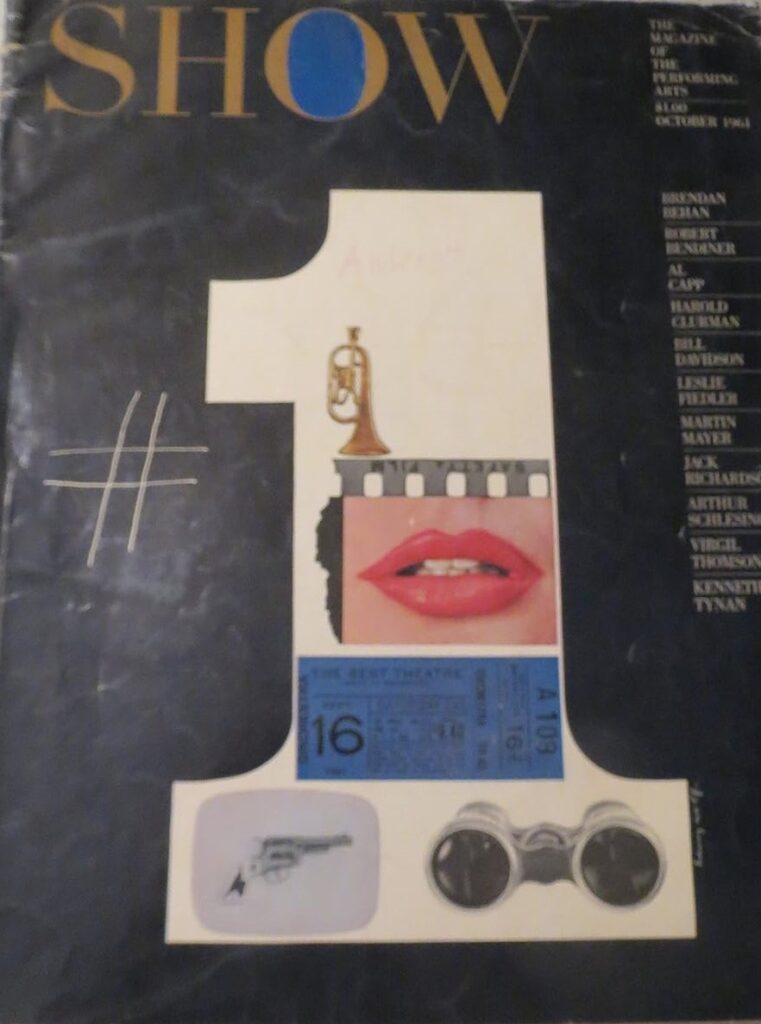
SHOW Vol. 1. No. 1. October 1961
Mr. Hartford was heir to the fortune generated by The Great Atlantic & Pacific Tea Company, once “the largest retail empire in the world” and, as A & P, a dominant grocer in virtually every small town in America throughout a good portion of the twentieth century.

When Huntington’s father died in 1922, his mother moved herself and the eleven-year-old boy to Seaverge, a Newport estate.
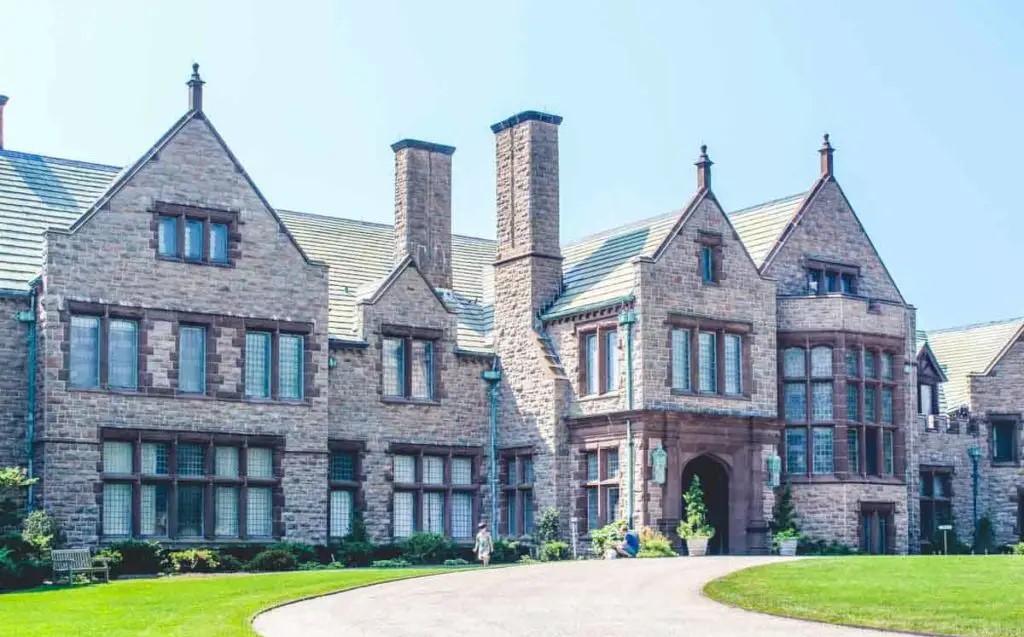
justgoplacesblog.com
Rough Point in Newport
The Newport “girl next door” in the neighboring estate, Rough Point, during the summer months, was ten-year-old Doris Duke, to whom the widowed Mrs. Hartford had hoped to marry her son; however, Hunt spent the winter months at St. Paul’s School, while little Doris attended day school at New York’s Brearley, and they rarely saw each other.
 The ten-year-old neighboring superheiress.
The ten-year-old neighboring superheiress.
Hunt followed St. Paul’s with Harvard, where he majored in English literature. After graduation, the grocery store heir worked briefly for A & P, but spent much of the remainder of his life occupying himself with founding and operating various businesses while collecting roughly $1.5 million annually from a trust fund.

At the turn of the nineteen-sixties he bought Hog Island in the Bahamas, renamed it Paradise Island, and built the Ocean Club, above, Cafe Martinique, Hurricane Hole and the golf course, for which he hired Gary Player as golf pro. Tennis pro was Pancho Gonzales.
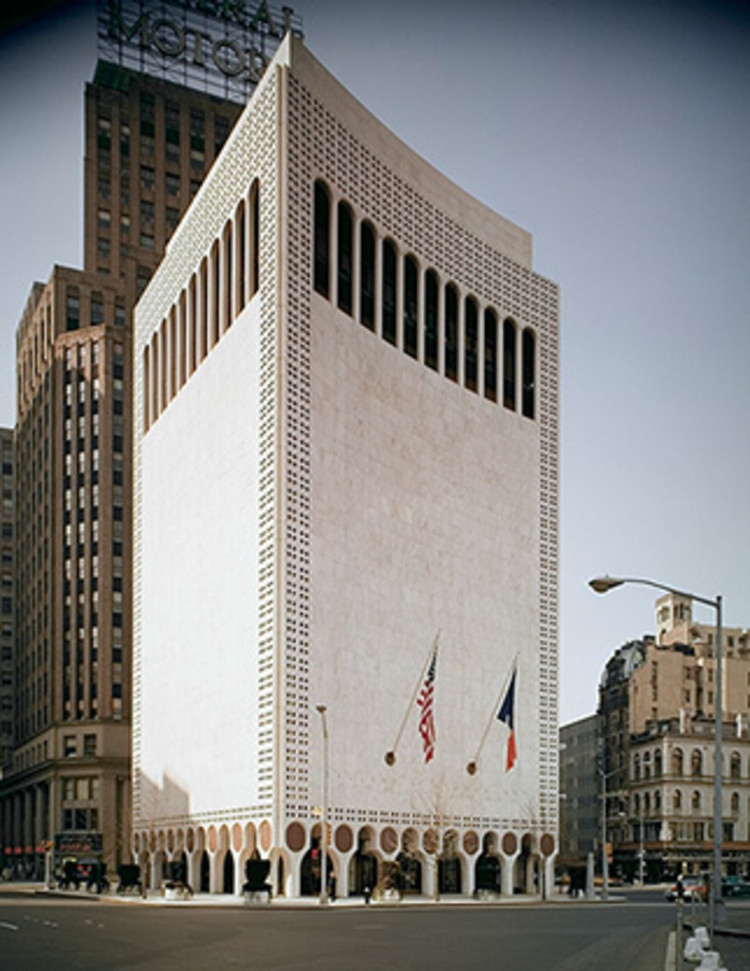
luxatic.com
Gallery of Modern Art
Among Mr. Hartford’s businesses and other projects was his controversial Gallery of Modern Art at Manhattan’s 2 Columbus Circle, above. Other cash drains included a vertical parking garage, for which his engineers had designed a means for parking automobiles but not for retrieving them; a handwriting institute (all prospective Hartford employees were subjected to handwriting analysis); a Los Angeles theater, and the Huntington Hartford Modeling Agency.
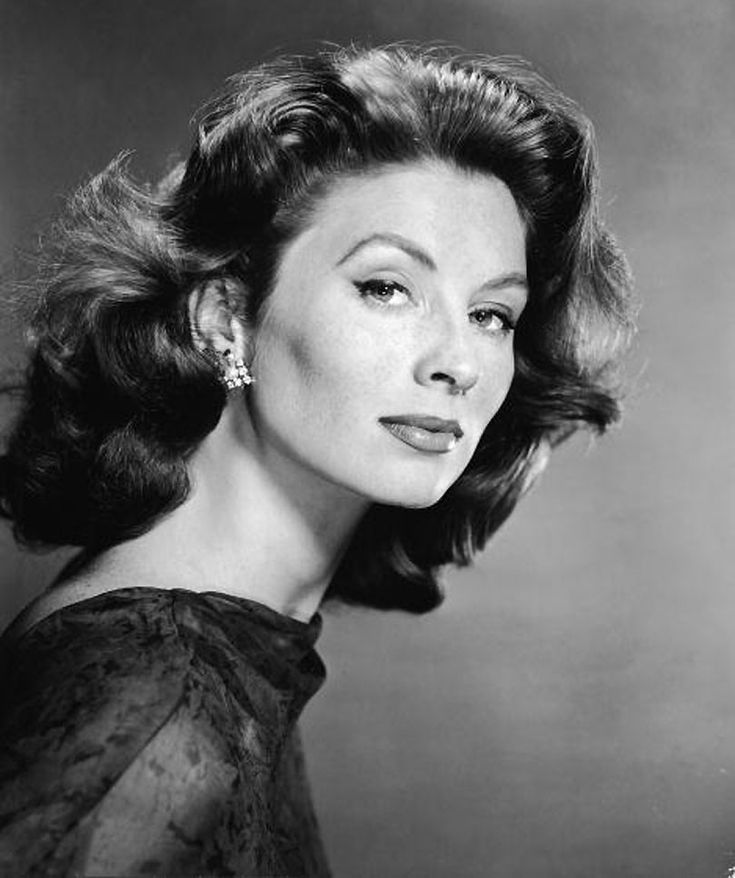
Model Suzy Parker
Although the agency did not lose money, it was generally thought to be simply a way for Hunt to meet girls, which appeared to be true.
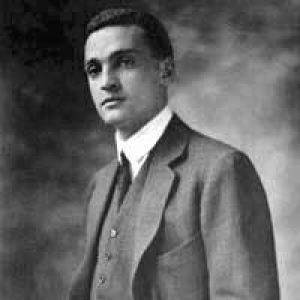
Marshall Field III
He joined Marshall Field III in funding PM, the advertising-free newspaper of the 1940’s, and wrote and produced a Broadway play starring Errol Flynn.
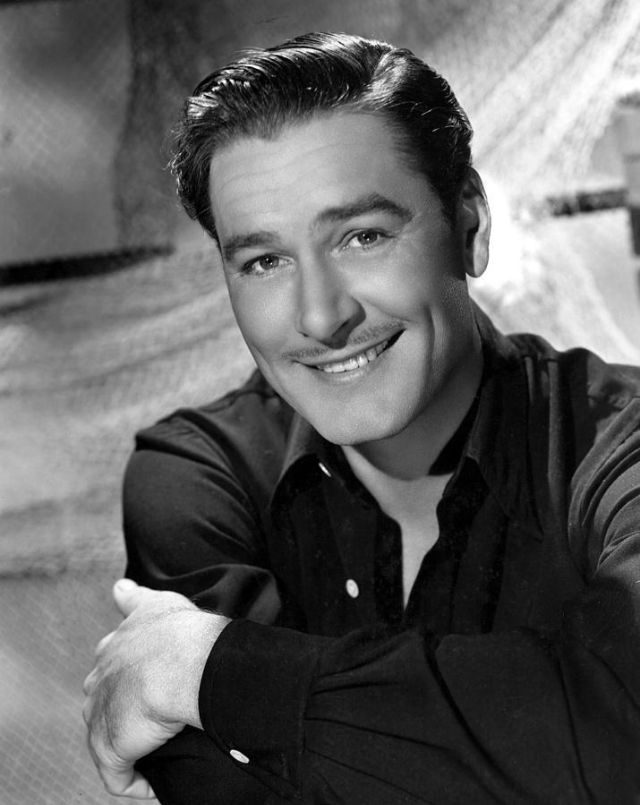 vintag.es
vintag.es
When, in 1956, he backedThe Master of Thornfield, a notoriously ill-advised dramatization of Jane Eyre , it was a city-wide joke. Starring in the role of Rochester was Hartford’s buddy Errol Flynn. Because the play was so under-rehearsed and the leading man so over-served, there were TelePrompTers hidden in the flats and cue cards hanging from the furniture.
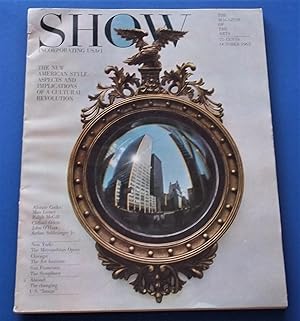
That was Hunt and his usual activities. However, of all of his businesses and projects, SHOW was the star. The stories focused on Sophia Loren, Leontyne Price, Gwen Verdon, Alec Guiness, and Warren Beatty.
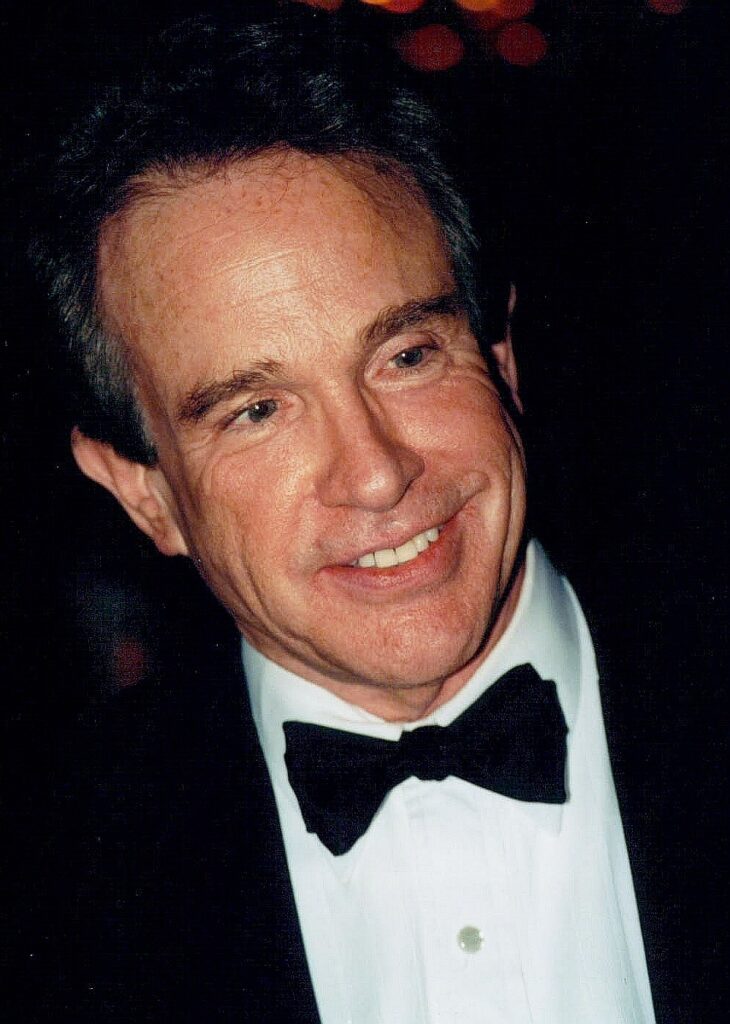
superstarbio.com
Warren Beatty
The best-known SHOW story was A Bunny’s Tale, a two-part piece by Gloria Steinem in which she described going undercover as a bunny at a New York Playboy Club. Her story was later made into a TV show starring the late Kirstie Alley as Gloria.

reddit.com
Mr. Hartford hired terrific writers, particularly Mort Lund and Robert Higgins in the New York office. Bob Higgins had been an actor; he created the role of the grown-up Patrick Dennis in Rosalind Russell’s original Auntie Mame on Broadway in 1958.
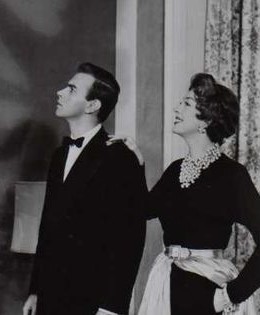
Above is Bob Higgins as a Broadway actor with Rosalind Russell in Auntie Mame. He also toured nationally, co-starring with Marlene Dietrich’s daughter, Maria Riva, in Tea nd Sympathy. His work with SHOW was so successful that he continued writing for various magazines, as well as CBS Television, and gave up the acting career.
Author photo: Robert F. Carl


